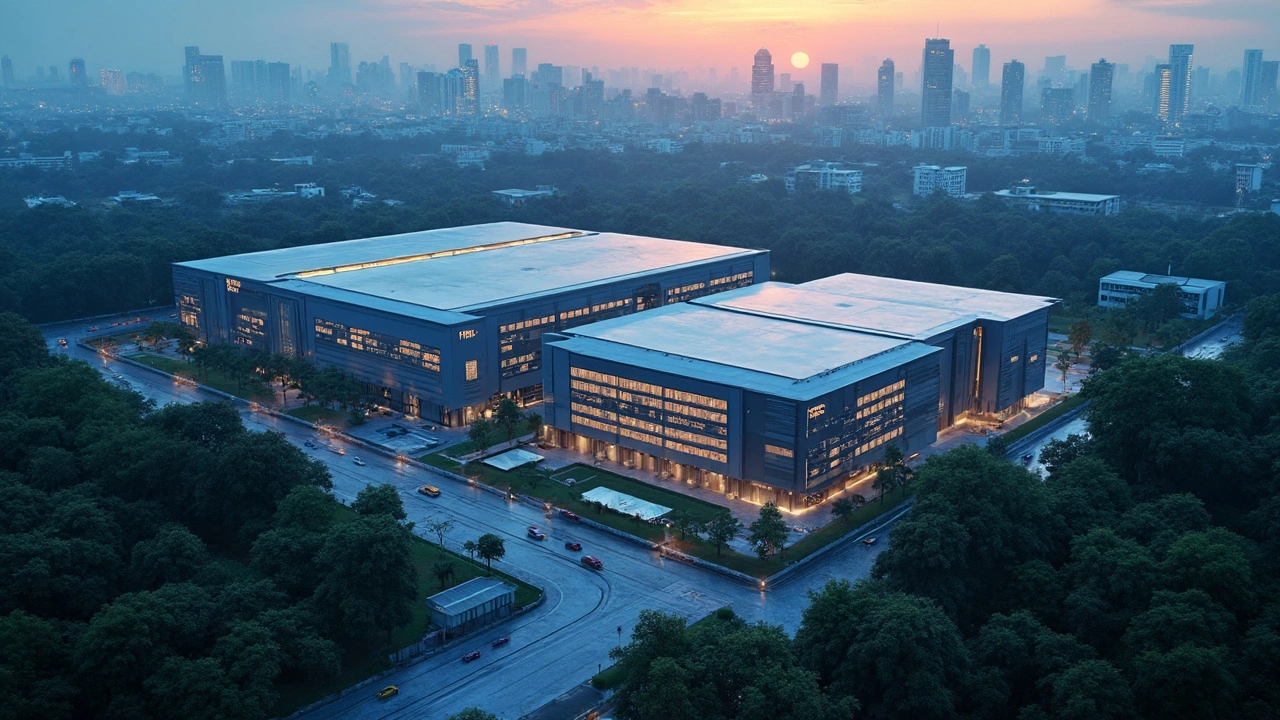Tier 2 Logistics: Practical Guides & Tips
When you hear "Tier 2" in logistics, you might picture smaller warehouses, regional carriers, or mid‑size supply chains. In reality, Tier 2 is the engine that connects big‑brand hubs to the local stores and customers. It’s where most of the day‑to‑day handling happens, and getting it right can shave hours off delivery times and cut costs dramatically.
At StockOne, we see Tier 2 as the sweet spot between high‑volume, high‑tech Tier 1 operations and the last‑mile hustle. It’s the stage where you decide which courier to book, how to pack a parcel, or which warehouse software will keep inventory accurate. The right decisions here keep your whole chain moving smoothly.
Why Tier 2 Matters
First, Tier 2 is where most businesses feel the pinch of rising transportation rates. A small misstep—like using the wrong shipping option—can blow up a budget fast. That’s why posts like “What Is E‑commerce Delivery?” and “How Much Should I Get Paid Per Mile as a Delivery Driver?” give you real numbers to work with.
Second, Tier 2 bridges the gap between technology and hands‑on work. Knowing the basics of a Warehouse Management System (WMS) or a Transport Management System (TMS) helps you talk the same language as your software team. Our guide on “What Does WMS Mean?” breaks down the jargon into bite‑size pieces, so you can choose the right system without a tech degree.
Finally, Tier 2 drives customer satisfaction. A fast, reliable parcel collection or a transparent tracking update can turn a one‑time buyer into a repeat customer. Articles such as “Courier Collection Services: How to Arrange a Courier to Collect Your Parcel & Save Time” give you step‑by‑step actions you can start using today.
Top Resources for Tier 2 Professionals
If you’re looking for quick wins, start with the “Most Reliable International Shipping Companies” post. It lists carriers with proven performance, so you can avoid trial‑and‑error when shipping abroad.
For cost control, check out “Proven Ways to Save Money on International Shipping in 2025”. The tips are practical—like consolidating shipments or using a regional hub—and they work for businesses of any size.
Want to boost your own earnings as a driver? The “How Much Should I Get Paid Per Mile as a Delivery Driver?” article breaks down the factors that affect per‑mile rates and shows you how to negotiate better pay.
Warehouse managers will find the “Warehouse Solution Explained” guide useful. It outlines key features to look for, from real‑time inventory tracking to scalable storage options, helping you pick a solution that grows with your business.
Finally, don’t miss our “TMS System Cost Guide: Pricing, Factors, and Tips for UK Logistics”. Knowing the true cost of a TMS helps you budget wisely and avoid hidden fees.
All these pieces fit together to give you a clearer picture of Tier 2 logistics. Whether you’re a small e‑commerce brand, a regional distributor, or a driver looking for better rates, the insights here can help you make smarter, faster decisions. Dive into the articles, test a tip or two, and watch your supply chain become leaner and more reliable.
Understanding Tier 1, Tier 2, Tier 3, and Tier 4 Data Centers
Data centers come in different tiers, each with its own level of reliability and resilience. These tiers, from 1 to 4, help businesses choose the right setup based on their needs and risk tolerance. Tier 1 is the most basic, while Tier 4 offers the highest level of redundancy and security. Understanding these tiers ensures you can make an informed decision for your company's data storage requirements. Gain insights into what each tier offers for better reliability and performance.
Read More